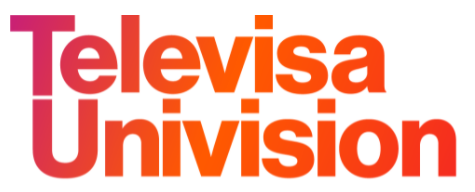Creative that speaks to the bilingual, bicultural Latino in both Spanish and English may not be the best use of a brand’s time and money.
That’s a key conclusion presented in a July 31 webinar, “The Bilingual Brain,” as part of Univision’s Hispanic 411 series.
“You don’t gain a lot with ‘Spanglish’ with the bilingual Hispanic,” concludes Manuel Garcia-Garcia, neuroscience director at Nielsen, one of three participants in the webinar. Garcia adds that language switching within the same :30 “limits memory”—a detriment to the marketer.
“Language consistency is better for advertising,” he says. “Whenever you switch, you’re losing something—and every second costs money.”
Garcia says he wasn’t surprised by the study’s findings, and cautions brands that engage in Spanglish creative by saying, “Use it—don’t abuse it.”
Among the other key findings from the Bilingual Brain study, conducted by Nielsen:
- In no case did English-language ads perform better than Spanish-language ads with respect to emotional response and memory among the study participants
- Scenes that feature human interaction provide an emotional boost for respondents when viewing the Spanish-language version of Heineken’s “Tiger” commercial, compared to when viewing the English-language version of the spot
- Elevated memory activation was seen among Hispanics when viewing the Spanish-language Heineken commercial, compared to those when watching the English-language version
“It’s what is going on with people that activates emotion,” notes Esther Franklin, EVP of Starcom MediaVest Group Americas Experience Strategy.
Garcia adds that set-up scenes are more effective in Spanish than in English among the bilingual study respondents, leading to increased engagement.
Participants in the study were examined through neuroscience, which took into account one’s emotional resonance and how marketers can use the findings to optimize their advertising. Specifically, participants were connected to an EEG apparatus with 32 sensors that collect data 500 times per second. Concurrently, participants’ eye tracking was examined to pinpoint visual hot zones. “We know what your brain is responding to,” says Roberto Ruiz, SVP of strategy and insights at Univision.
Along with the Heinken spots, respondents viewed advertisements by brands in the QSR, tech, and CPG categories; the spots, shown three times each, appeared in Spanish, English and “Spanglish.”
Respondents for the study were recruited in San Francisco and Atlanta, respectively. Ruiz notes that Hispanics from these markets that participated in the study represent a diverse group of first-generation and U.S.-born Hispanics, with English-preferred and Spanish-preferred respondents.
Hispanic millennials account for 20% of all millennials in the U.S.; 65% of Hispanic millennials are U.S. born. The population segment accounts for $1.5 trillion in buying power as of 2015.
–Adam R Jacobson







Recent Comments